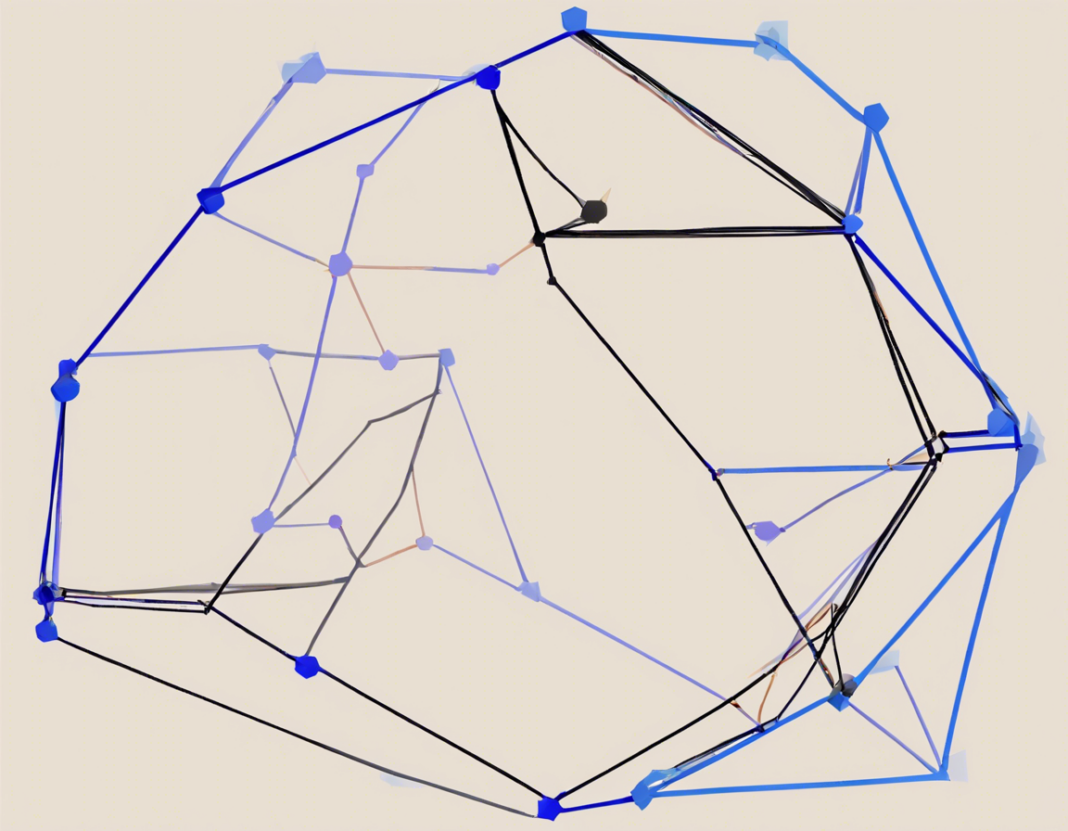Introduction
In the realm of geometry, polygons are fundamental shapes that captivate the imagination of mathematicians and enthusiasts alike. From the basic triangle to the intricate hectacontakaihexagon, polygons come in various sizes and forms, each defined by a unique set of properties. One such property that distinguishes one polygon from another is the number of sides it possesses. In this article, we delve into the fascinating world of polygons, exploring the significance of the number of sides in determining their characteristics and classifications.
Understanding Polygons
A polygon is a closed two-dimensional shape that is formed by connecting straight line segments. These line segments, known as sides, intersect at points called vertices. The quality that sets polygons apart from other geometric shapes is that they have a finite number of sides and angles. The most basic polygon is the triangle, which has three sides, three angles, and three vertices. As we move to polygons with more sides, such as quadrilaterals (four sides), pentagons (five sides), and hexagons (six sides), the complexity and diversity of shapes increase.
The Role of Sides in Polygon Classification
The number of sides in a polygon is crucial in determining its classification. For instance, polygons with the same number of sides are grouped together under specific names. Some familiar examples include:
-
Triangle (3 sides): Triangles are further classified based on the measures of their angles into acute, obtuse, and right triangles.
-
Quadrilateral (4 sides): Quadrilaterals come in various forms, such as squares, rectangles, parallelograms, trapezoids, and rhombuses, each with distinct properties.
-
Pentagon (5 sides): The regular pentagon boasts symmetry and unique characteristics that differentiate it from irregular pentagons.
-
Hexagon (6 sides): Regular hexagons have equal sides and angles, making them visually appealing and geometrically intriguing.
As the number of sides increases, so does the diversity in polygon shapes and classifications. Polygons with a higher number of sides are less commonly encountered but are no less fascinating from a mathematical standpoint.
Properties of Polygons Based on the Number of Sides
The number of sides in a polygon directly influences various properties that define its geometric nature. Some of these properties include:
-
Interior Angles: The sum of interior angles in a polygon can be calculated using the formula: (n-2) * 180 degrees, where ‘n’ represents the number of sides. This formula highlights the relationship between the number of sides and the total degrees of its interior angles.
-
Exterior Angles: The exterior angles of a polygon add up to 360 degrees, regardless of the number of sides. Each exterior angle is formed by extending one side of the polygon.
-
Diagonals: The number of diagonals that can be drawn in a polygon is influenced by the number of sides. The formula for calculating the number of diagonals is: n * (n-3) / 2, where ‘n’ denotes the number of sides.
-
Symmetry: Certain polygons exhibit symmetry based on the number of sides. For example, regular polygons have equal sides and angles, leading to rotational symmetry.
-
Area and Perimeter: The area and perimeter of polygons are influenced by the length of their sides. Formulas specific to each polygon aid in calculating these geometric properties efficiently.
Exploring Unique Polygons
While triangles, quadrilaterals, and pentagons are commonly encountered in geometry, exploring polygons with a higher number of sides unveils remarkable shapes with distinct characteristics. Some noteworthy polygons include:
-
Heptagon (7 sides): Also known as a septagon, this polygon presents a challenge in construction due to its odd number of sides.
-
Decagon (10 sides): A decagon combines aspects of pentagons and hexagons, creating a visually appealing shape with properties worth investigating.
-
Dodecagon (12 sides): With 12 sides, the dodecagon showcases the intricacy that arises with an increased number of sides in a polygon.
Frequently Asked Questions (FAQs)
-
What is a polygon?
A polygon is a closed two-dimensional shape formed by connecting line segments. It has a finite number of sides, angles, and vertices. -
How is the number of sides related to the interior angles of a polygon?
The sum of interior angles in a polygon is given by (n-2) * 180 degrees, where ‘n’ represents the number of sides. -
Do all polygons have diagonals?
Yes, polygons have diagonals, and the number of diagonals that can be drawn in a polygon is determined by its number of sides using the formula n * (n-3) / 2. -
Can a polygon have an infinite number of sides?
No, by definition, a polygon must have a finite number of sides. A shape with an infinite number of sides would be considered a curve, not a polygon. -
How do exterior angles behave in different polygons?
The exterior angles of a polygon always add up to 360 degrees, regardless of the number of sides. Each exterior angle is formed by extending one side of the polygon.
In conclusion, the number of sides in a polygon serves as a foundational element in understanding its properties, classifications, and geometric significance. From triangles to polygons with numerous sides, each shape offers a unique perspective on the harmony between mathematical principles and visual aesthetics. By exploring the nuances of polygons through the lens of their sides, one gains a deeper appreciation for the beauty and complexity inherent in these geometric wonders.









